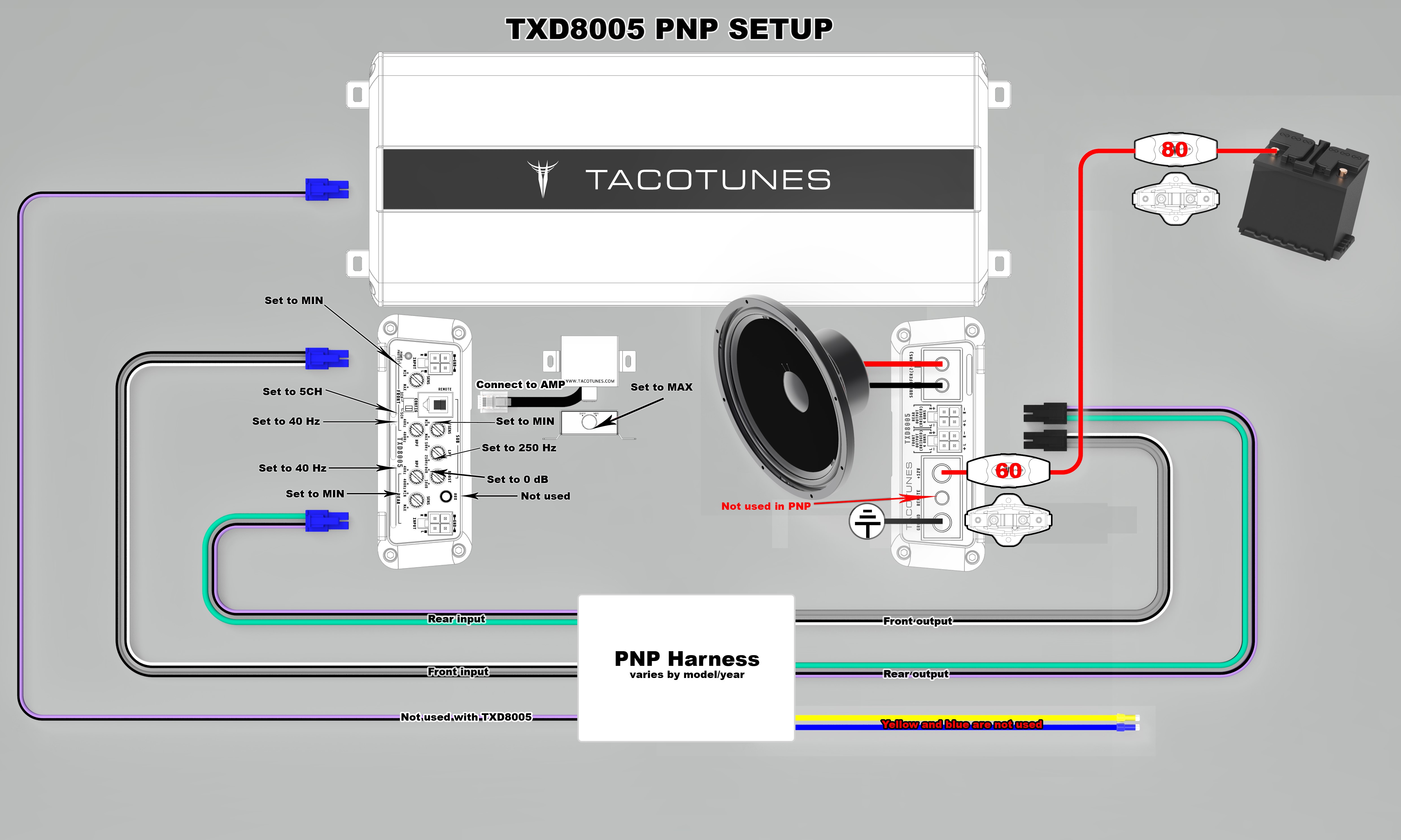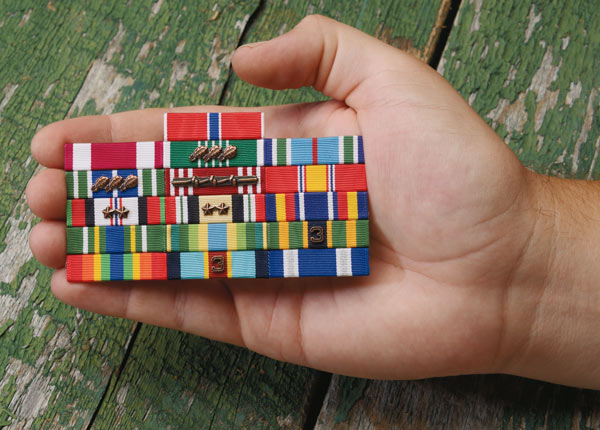Asu Setup Guide For Males
Connect your registered device to the ‘asu guest’ wireless network. If you live on campus and need technology assistance, please contact us via email at housingtech@asu.edu or call our support number 480-965-8565. Helpful instructions for submitting a request can be found here. You can also contact the University Housing Technology Center. Nameplate: Center the nameplate on the flap of the right pocket, between the top of the button and the top of the pocket. Unit Awards: Centered with the bottom edge 1/8 inch above the top of the right breast pocket.
The Army Service Uniform (ASU) is a military uniform worn by United States Army personnel in situations where business dress is called for. It can be worn at most public and official functions as an analog for civilian business attire. In combat situations, the Army Combat Uniform is used.
History[edit]
In the early days of the U.S. Army, the uniform worn in combat was essentially the same as that worn for everyday duties, as was the common practice with most armies of the time. This changed in modern times, as field uniforms were developed which were more suited for battle.
During the Civil War era, army uniforms were relatively simple. Typically, the same uniform served as a garrison uniform and as a combat uniform. Combat soldiers in the American Civil War wore a standard dark blue coat, just like personnel in garrisons or in army offices and headquarters. Uniform standards were relaxed during the war years, especially on campaign, as conditions demanded.[1]

The 1899 Army Uniform Regulations provided for a cotton khaki uniform for field service, drawing on the experience of the Spanish–American War when both blue and khaki clothing had been worn.[2] From 1902 to 1917, the army had three uniforms: a service uniform of olive drab wool cloth for use by soldiers in the field, a khaki cotton version used for hot weather, and a blue dress uniform used for ceremonies and off-post wear by enlisted men. The blue uniforms were dropped in 1917 prompted by the exigencies of World War I.[3]
In 1926, the previous stand collar service coat was replaced with an open-collared coat worn with a collared shirt and tie, and 1937 saw the replacement of breeches with straight-legged trousers. Dress uniforms of dark blue coats and light blue trousers were reintroduced in a modernized form (with open collar and tie) for officers in 1937.[4]
Asu Setup Guide For Males And Females
United States Army uniforms in World War II initially included service uniforms that were intended for both field and garrison use, though some parts, such as the open-collared service coat, were used only in garrison, while items such as the M-1941 Field Jacket were specifically for use in the field, and not meant to be worn in garrison.[5] By the latter part of the war, the introduction of the M-1943 field uniform acknowledged the distinction between field and garrison wear.
Garrison uniforms included olive drab uniforms with coat and tie which were distinct for officers and enlisted soldiers, with the officers' version having a darker, belted coat that could be worn with trousers of either matching color or a contrasting light taupe (a combination known as 'pinks and greens'), while the enlisted service coat was unbelted and lighter in shade to match the issued field uniform trousers. Late in the war the Eisenhower jacket was introduced, intended for both field and garrison wear, though it too became used only for garrison wear shortly after the war. A summer service uniform of khaki cotton shirt and trousers also was issued, but was used only for garrison wear as the herringbone twill utility uniform became the preferred warm weather field uniform. These uniforms remained in use through the Korean War.[4]
Because of the widespread use of army surplus clothing after World War II, a fresh, distinct uniform was seen as needed.[6][7] In 1954, the Army introduced a new, all-ranks, Army Green shade 44 'Class A' service uniform. Blue was considered because of its acceptance in men's clothing, but it would then have been too difficult to distinguish it from Air Force and Navy service uniforms. The green color was adopted in order to provide a color which had a distinct military appearance from various uniforms of civilian service workers.[3] Originally worn with a tan shirt, the shirt was switched to a pale green-grey shade in 1979.[4]
The tan summer service uniform saw the reintroduction of a matching coat, but it was dropped in 1964 following the introduction of a tropical weight version of the 'Class A' greens, and the tan uniform became a 'Class B' uniform worn with a short-sleeved shirt and no tie. The tan 'Class B' uniform was phased out the 1980s when the green uniform with a short sleeve shirt became the standard Class B uniform.[4]
In the mid 1950s, the blue dress uniform was reintroduced as an option for enlisted soldiers.[4] A white dress uniform for use in tropical areas, last worn in the early 20th century, was also reintroduced, but was rarely used, as it was only required for officers;[4] it was retired in 2014.[7]
In 2006, then-Army Chief of StaffGeneralPeter Schoomaker announced that a version of the dress blue uniform would be adopted as the sole service uniform for all ranks, combining ceremonial, dress, and service uniforms through wear stipulations to reduce the number of uniforms needed. The blue Army Service Uniform made its debut at the 2007 State of the Union Address, when General Schoomaker attended the address in it.[7] In 2010 it started being issued to all soldiers.[7][8]
Since 2010, enlisted soldiers have received the blue service uniform as part of their basic clothing bag issue when they enter the Army during initial training. The Army requires officers to purchase and maintain the blue service uniform. Possession and use of the blue ASU has been mandatory for all soldiers since October 1, 2015,[8] when the green Class A uniform was fully retired.[7]
On Veterans Day 2018, the Army announced that a new Army Green Service Uniform, based on the 'pinks and greens' officers' service uniform worn in World War II and the Korean War, would be introduced as the everyday service uniform for all ranks starting in 2020.[9] The uniform became available to soldiers in mid-2020.[10] By early 2021, the uniform became available for purchase at all Army and Air Force Exchange Service locations,[11] with soldiers required to purchase them by October 1, 2027. The Army Blue Service Uniform returns to its former use as a formal dress uniform.[10]

Description[edit]
Asu Setup Guide For Males Free

The Army Green Service Uniform includes a dark olive drab four-pocket coat with belted waist, drab trousers, khaki shirt, olive tie, and brown leather oxfords for both men and women, with women having the option to wear a pencil skirt and pumps instead. Headwear consists of an olive garrison cap or an olive peaked service cap with brown visor; units with distinctive colored berets continue to wear them. Enlisted rank is indicated by chevrons worn on the upper sleeve, while officer rank is indicated by pins on the shoulder straps.[12][9][13]
The Army Blue Service Uniform includes a midnight blue coat worn with lighter blue trousers for male soldiers and a midnight blue coat worn with either lighter blue slacks or midnight blue skirt for female soldiers. The trousers/slacks for non-commissioned and commissioned officers include a stripe of gold braid on the outer side of the leg. Generals wear midnight blue trousers/slacks with gold braid instead of the lighter blue used in lower ranks. The blue service uniform is worn with a white shirt, a black four-in-hand necktie for males or black neck tab for females, and black leather shoes. Headwear includes a matching service cap with branch-of-service colors on the hat band or a beret, with black remaining the default color unless the soldier is authorized a distinctive colored beret. Enlisted rank is also indicated by chevrons on the upper sleeve, while officer rank is indicated by passant shoulder straps with branch-of-service color backing. Combat boots and organizational items, such as brassards, military police accessories, or distinctive unit insignia are not worn when used as ceremonial dress. When the blue uniform is worn for social events in the evening, men may wear a black bow tie rather than a black four-in-hand necktie, and commanders may direct that headwear is not required.
See also[edit]
References[edit]
- ^Philip Haythornthwaite, plates 1-33, Uniforms of the Civil War, ISBN0-02-549200-4
- ^Randy Steffen, page 69 Volume III, 'The Horse Soldier 1776-1943'
- ^ abThe Army Dressed UpArchived 2008-04-17 at the Wayback Machine, 1952, Dr. Stephen J. Kennedy, The Quartermaster Review, January/February 1952, Army Clothing History page, Army Quartermaster Foundation, Inc. Website, accessed 4-9-08.
- ^ abcdefCole, David (November 2007). 'Survey of U.S. Army Uniforms, Weapons, and Accoutrements'(PDF). United States Army.
- ^Hwang, Tiffany US Army Field Jacket Development in Response to Material Shortages and the Exigencies of World War II in Momentum Vol 1 Issue 1 Article 3, April 18, 2012
- ^'Prestige of the Soldier'Archived 2008-04-17 at the Wayback Machine, Major A. M. Kamp, Jr. The Quartermaster Review, May/June 1954, Quartermaster foundation, accessed 4-9-08.
- ^ abcdeJahner, Kyle (October 1, 2015). 'The end of the Green Service Uniform: 1954–2015'. Army Times. Retrieved August 6, 2020.
- ^ abAR 670-1, Wear and Appearance of the Army Uniform Insignia
- ^ ab'U.S. Army to roll out new Army Greens uniform'. www.army.mil. U.S. Army. November 11, 2018. Retrieved November 12, 2018.
- ^ abCox, Matthew (June 12, 2020). 'New Army Green Uniform Will Soon Be Available for Soldiers to Buy'. Military.com. Retrieved August 5, 2020.
- ^'U.S. Army Uniforms'. United States Army. Retrieved 2021-03-08.
- ^Myers, Meghann (November 11, 2018). 'It's official: Army approves 'pinks and greens' uniform on Veterans Day'. Army Times. Sightline Media Group. Retrieved November 12, 2018.
- ^Garland, Chad (November 11, 2018). 'What's old is new: Army rolls out 'pinks and greens' service uniform'. Stars and Stripes. Retrieved November 12, 2018.
External links[edit]
- Army Clothing History articles from the Quartermaster Foundation

These uniform images are from a pamphlet entitled 'How to Recognize the Armed Forces of the United States'. It was published in the French language and was intended to help Europeans readily identify United States servicemen through illustrations of the uniforms they were wearing. Also included were close-ups of insignia worn by the Army, Navy, and Marines. It was produced and distributed in the 1940's by the War Department Office of the United States Government.
Period materials are a good source of information to help understand and view accurate images of the uniforms and clothing worn by U.S. troops during WWII. These types of materials were plentiful during the time. As millions of men and women joined or were drafted into the armed services, all types of publications appeared to help citizens recognize and identify the various uniforms. There were magazine and newspaper articles, numerous small inexpensive books, and official publications, such as this, all to help the citizenry know who was who. These publications can still be easily found today in antique malls, resale shops, and online auctions.
The front and back covers of this pamphlet appear to the left and right respectively.